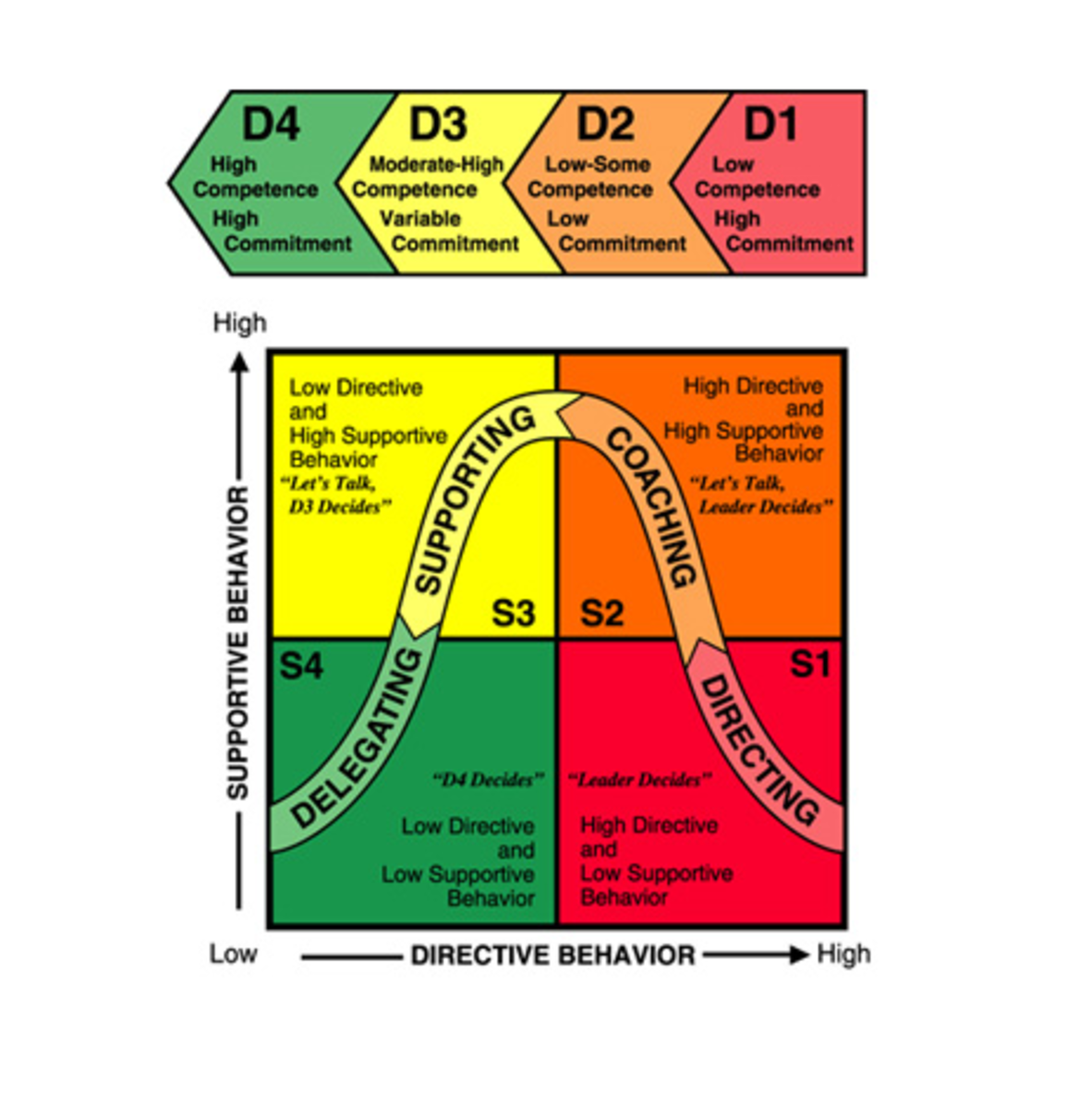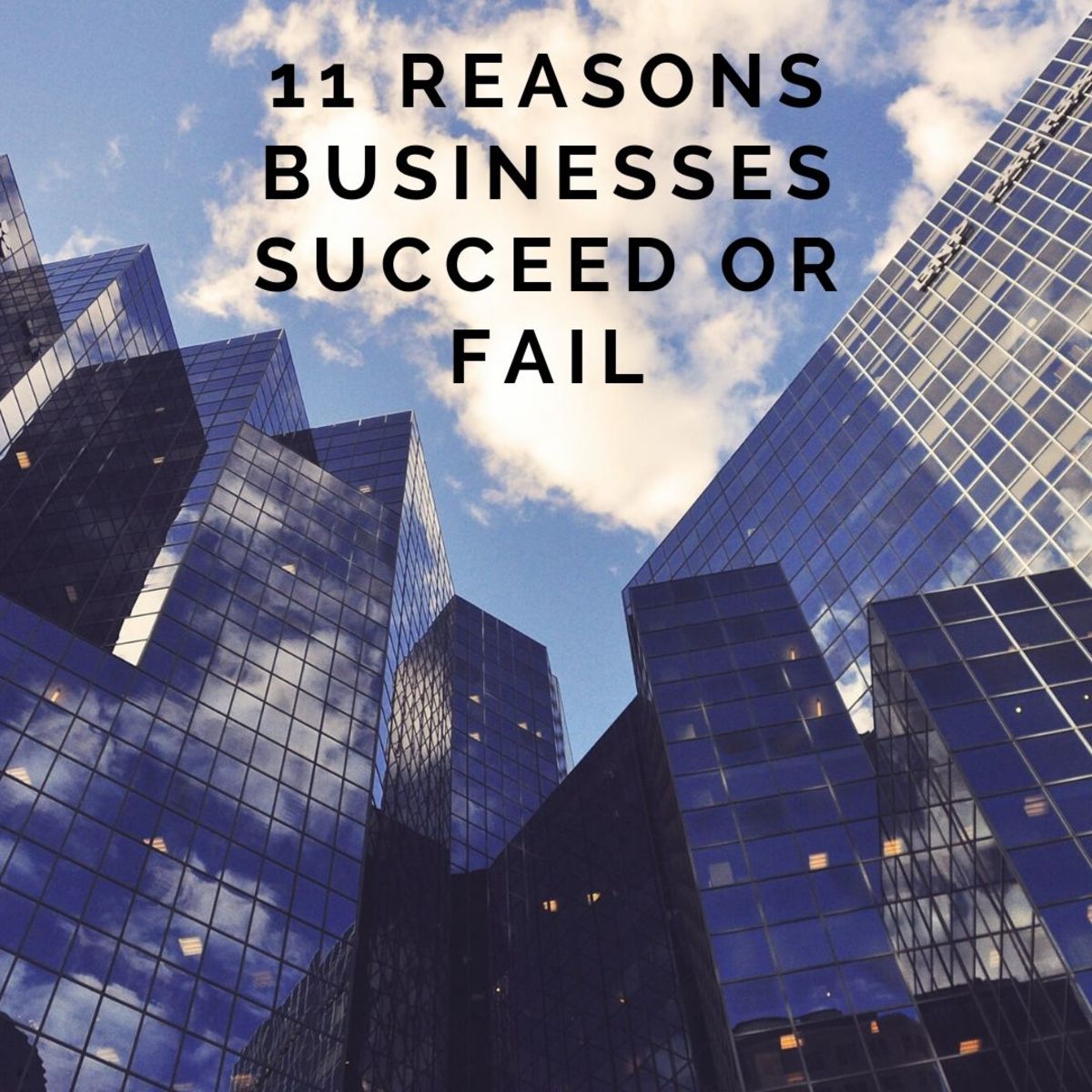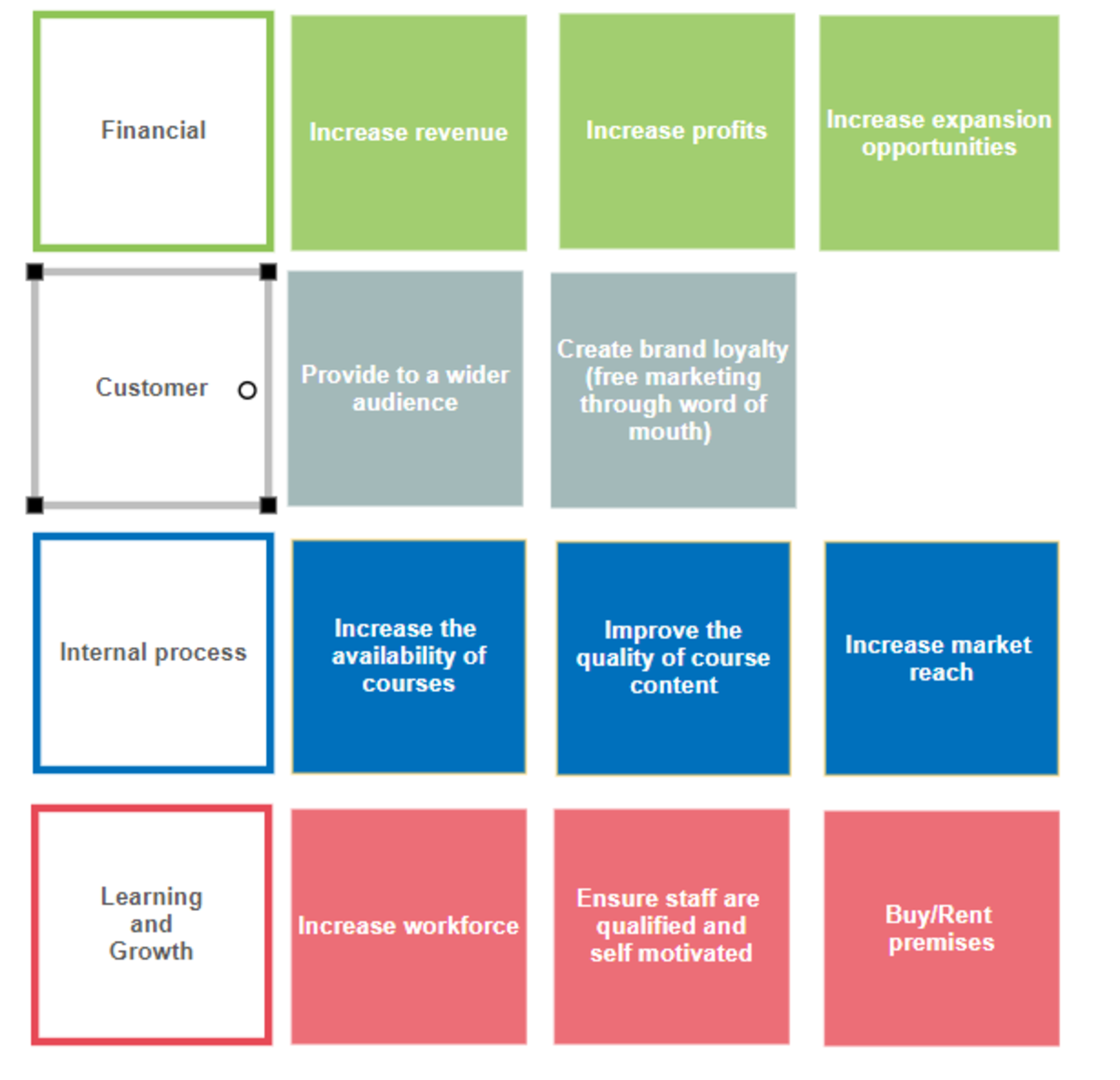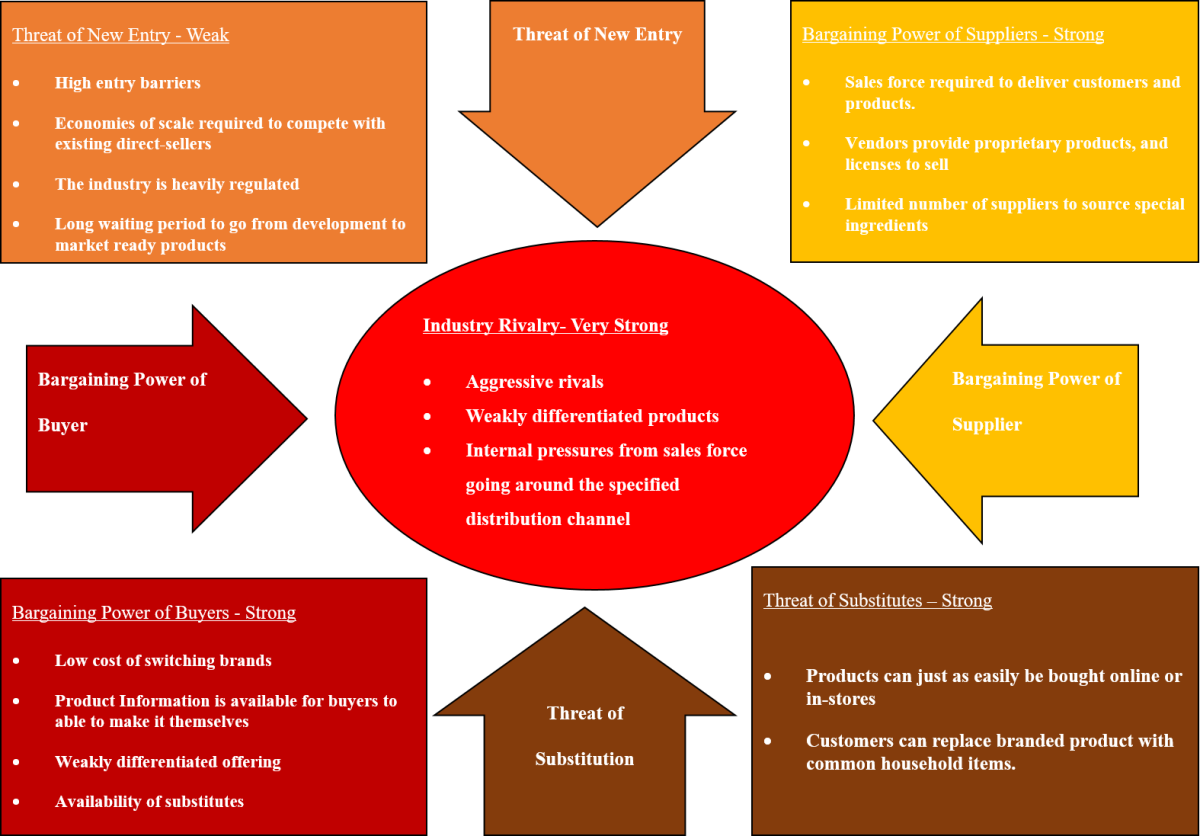Time for a Turnaround Strategy? The importance of a strong Leadership Development Model in avoiding the CEO's Demise.
‘ The damage was slow and quiet, incremental, like a single loose thread that unravels a sweater inch by inch.’
Schultz on Starbucks demise
Knowing when a Turnaround Strategy is needed
Unless there is a crisis or a scandal such as was the case for Enron or Lehman Brothers it is likely that most large enterprises which fail do so slowly and incrementally quarter by quarter. In Howard Schultz’s book ‘Onward’ he refers to the Starbucks demise in the following way: ‘ The damage was slow and quiet, incremental, like a single loose thread that unravels a sweater inch by inch.’ This is probably an apt description for many businesses on their way to failure.
The Employees are the first to Know
The first people to be aware of problems are the line management - naturally they are party to some of the warning signs, which, if left to linger can ‘snowball’ and eventually the ‘snowball’ becomes so large it can no longer be hidden in the walls of the Enterprise. By the time the Shareholders are aware of the damage it is usually too late for the incumbent CEO. If there is not already a turnaround strategy in place it is likely the CEO will be replaced with a ‘Turnaround CEO.’
Successful Turnaround CEOs
- Richard Clark 2005-2010 Merck & Co.
- Gordon Bethune 1994-2004 Continental Airlines
- Doug Conant 2001-2011 Campbells Soup
- Lee Iaccocca 1979-1992 Chrysler
- And of course Steve Jobs 1996-2011 Apple
The Turnaround CEO
The Turnaround CEO is a particular beast. In fact there is even special accreditation for this specific capability CTP (Certified Turnaround Professional) or CTA (Certified Turnaround Analyst). The Certification is pretty tough and even though the Certification process started back in 1993 by the Turnaround Management Association there are only around 540 professionals certified today.
However it’s clear that you don’t need certification to engineer a successful turnaround as some of these notable examples on the right demonstrate.
Research suggests that the successful Turnaround CEO does have some consistent behavioural & personality traits which can be quite different from a CEO who is successful at manning a stable ship. They are usually loners with extraodinary willpower and stamina. They are logical, task focussed fast decision-makers who want to control their environment. In addition they usually have very big egos giving them the confidence to make quick and emotionally detached decisions.
A Race Against Time

When a Turnaround CEO comes in the organziation some of the first things they do are:
-
Define a clear sense of mission
-
Initiate a Headcount Freeze
-
Cut out all temporary labor
-
Clean out all deadwood employees
-
Freeze all unnecessary expenses and reduce approval limits to a minimum.
Source: Kevin Muir The Insider Secrets to Saving Your Business
A military command and control decision making model is instigated because these CEOs are working against the clock. According to Mark Jaff President of Executive Search firm Wyatt & Jaffe they have a maximum of eight quarters to execute a Turnaround.
It’s clear that as an incumbent CEO if you want to survive to see a brighter day you need to be ready to act like a Turnaround CEO when the time is right. As the CEO surely you are party to all the information you need to be able to recognize and act when things begin to as Schultz puts it ‘Unravel’? But unfortuneatly this is not always the case and very much depends on your Leadership Development Model in your organization. Whether Leadership capability is cultivated at all levels within the organization is likely to impact whether your Management team will be providing you with the right information and right guidance to make tough decisions before it is too late.
Top Five High Impact Leadership Organizations
- P&G
- Microsoft
- GE
- Cocacola
- Unilever
Source: Hays Best Companies for Leadership Research 2013
Leadership Development creating High Impact Leaders
Hay Group interviewed 18,000 individuals & 2,200 organizations to identify High Impact Leaders and publish their Leadership Development Factbook on the Best Companies for Leadership. The characteristics of these Leaders are their correlation with Financial Results and their investment in Leadership Development. They invest between 30-40% more than their peers in leadership development and 73% provide the opportunity to practice Leadership capabilities at all levels in the organization. By ensuring that leadership is cultivated at every level of the organization an organization considerably reduces the risk of needing a Turnaround CEO.
The problem is there are still a large amount of organizations who have not cultivated this Leadership or ‘Stewardship’ as Accenture calls it within all levels of their organization. And because people are human, after all, their personal power, job security and ability to pay the rent ranking high on their personal agendas. They often do not proactively offer bad news to the CEO particularly in their own area of responsibility. So, they learn to highlight progress versus problems and dare I say it, communicate the numbers through a favorable lens so KPIs which may be being tracked are not always effective at providing the reality to the CEO.
And so the ‘unravelling’ continues and snowball grows and the risk that the CEO will need to be replaced by a ‘Turnaround CEO’ increases.
So in closing I would like to suggest three things are critical to long term success for the CEO:
-
Invest in Leadership Development so you increase the likelihood that your team is providing you with the right guidance and information
-
Continue to ask hard questions so that you can be sure you will know when is the right time for a Turnaround Strategy.
-
If needed, be ready to act like a Turnaround CEO.
www.weinspire.it








